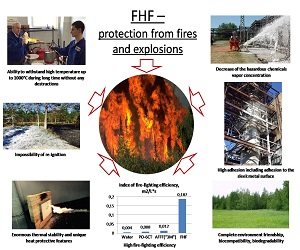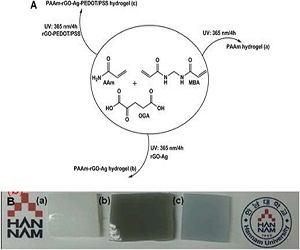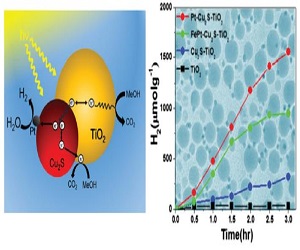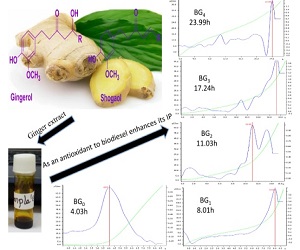Day 3 :
Keynote Forum
Melaz Tayakout Fayolle
University of Lyon, France
Keynote: Description of the molecules of heavy oil cuts and their thermodynamic properties to improve physical and chemical kinetic modelling
Time : 10:00-10:40

Biography:
Abstract:

- Track 4: Petroleum Refining and Petrochemicals
Track 13: Chemical Reaction Engineering
Track 15: Chemical Industry and Market Analysis
Track 16: Biofuels
Location: ZURICH

Chair
M. Angeles Martin Luengo
Consejo Superior de Investigaciones Cientificas (CSIC), Spain
Session Introduction
M. Angeles Martin Luengo
Consejo Superior de Investigaciones CientÃficas (CSIC), Spain
Title: Sustainable chemical engineering of renewable resources
Time : 11:00-11:30

Biography:
Abstract:
Won Bae Jeon
Daegu Gyeongbuk Institute of Science and Technology, South Korea
Title: Biomolecular engineering of elastin protein for cell transplantation
Time : 11:30-12:00

Biography:
Abstract:
Denis S Kuprin
Saint Petersburg State University, Russia
Title: Theory and application practice of the binary mixtures sol-gel transition concept for fi re and explosion prevention
Time : 12:00-12:30

Biography:
Abstract:

Anderson Beber
Solenis Water Technologies, Brazil
Title: Reduction on water consumption on a cooling tower with the application of a novel biocide
Time : 12:30-13:00

Biography:
Abstract:
Yoon Kuk Ro
Hannam University, South Korea
Title: Nanocomposite of polyacrylamide-rGO-Ag-PEDOT/PSS hydrogels by photo polymerization method
Time : 13:45-14:15

Biography:
Abstract:

Jong-Soo Lee
Daegu Gyeongbuk Institute of Science and Technology, South Korea
Title: Hybrid metal-Cu2S nanostructures as effi cient co-catalysts for photocatalytic hydrogen generation
Time : 14:25-14:55

Biography:
Abstract:

Anuchaya Devi
Tezpur University, India
Title: Smart bioactive compounds: Their synthesis and potential application in biodiesel oxidation stability enhancement
Time : 14:55-15:25

Biography:
Abstract:

Ch V Naga Sowjanya
Sri Venkateswara University, India
Title: Comparison of pid parameter using multiple dominant poleplacement technique with other techniques for stable third order processes
Time : 15:25-15:55

Biography:
Abstract:
Tuning of PID Controller for stable Th ird Order plus Time Delay (TOPTD) and Th ird Order plus Time Delay with a Zero (TOPTDZ) system is proposed in the present work. Th e PID Controller is designed based on Multiple Dominant Pole Placement (MDP) Method. Simulation results on linear models of TOPTD and TOPTDZ and non-linear models like isothermal CSTR and bio-reactor are done to observe the performance of the proposed Controller using errors like Integral Square Error (ISE), Integral Absolute Error (IAE) and Integral Time Absolute Error (ITAE). Th e performance under model uncertainty is also observed considering perturbation in one parameter at a time using Kharitonov’s theorem. For stable TOPTD/TOPTDZ systems,performance of the proposed MDPPID controller is compared with the controller designed based on performance specifi cation like Overshoot (Shamsuzzoha 2013), the controller designed by IMC method (Zhi-cheng et al., 2010; Shamsuzzoha and Lee, 2007), Direct Synthesis Method (DSM) (Chidambaram, 1998; Chen and Seborg, 2002; Seshagiri rao and Chidambaram,2006) and Equating Coeffients (EC) (Padma Sree and Chidambaram, 2006) method both for perfect parameters and for model uncertainty. Simulation results on number of case studies of stable TOPTD, TOPTDZ and non-linear models are presented to show the eff ectiveness of the proposed method, which tells that the proposed MDP-PID controller gives better results when compared with the other methods.
Day 3 Program Closed By 16-10.
